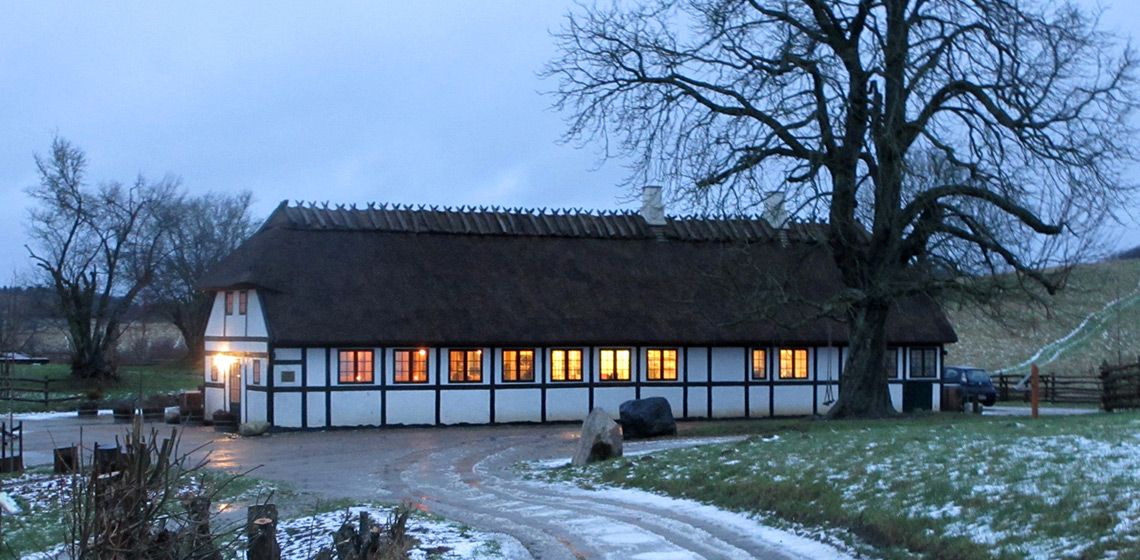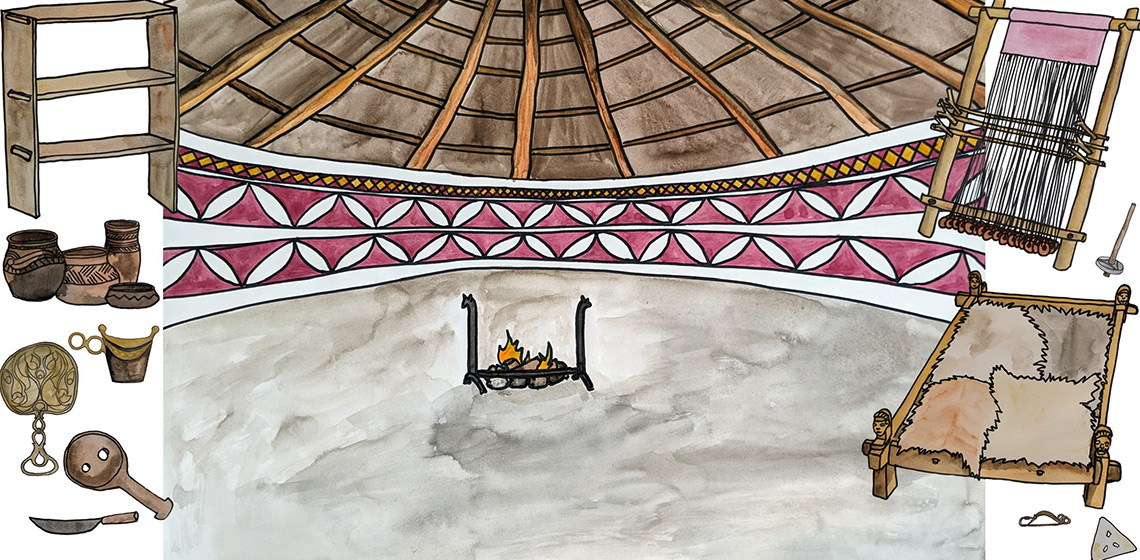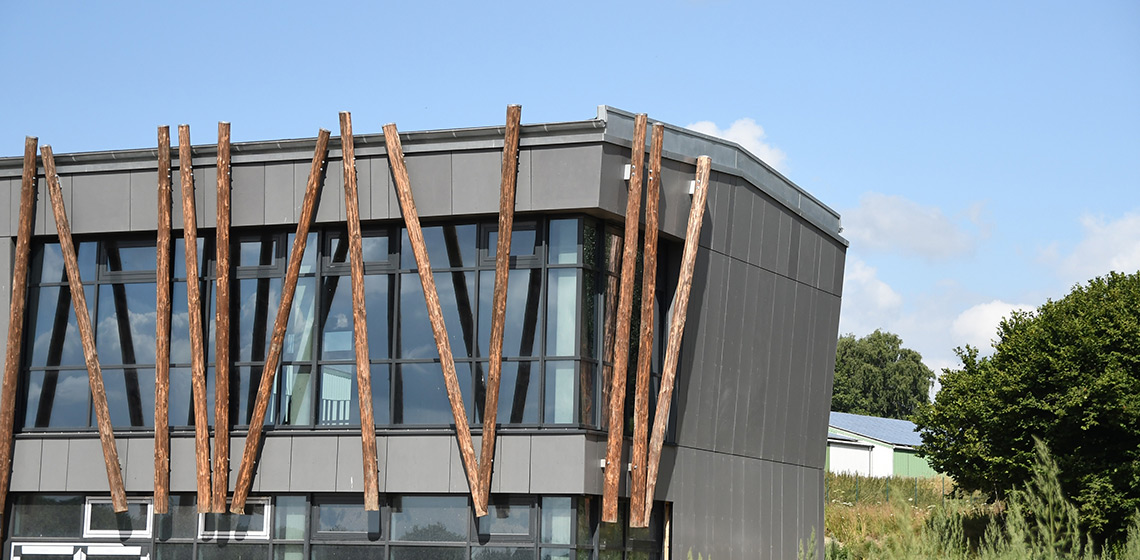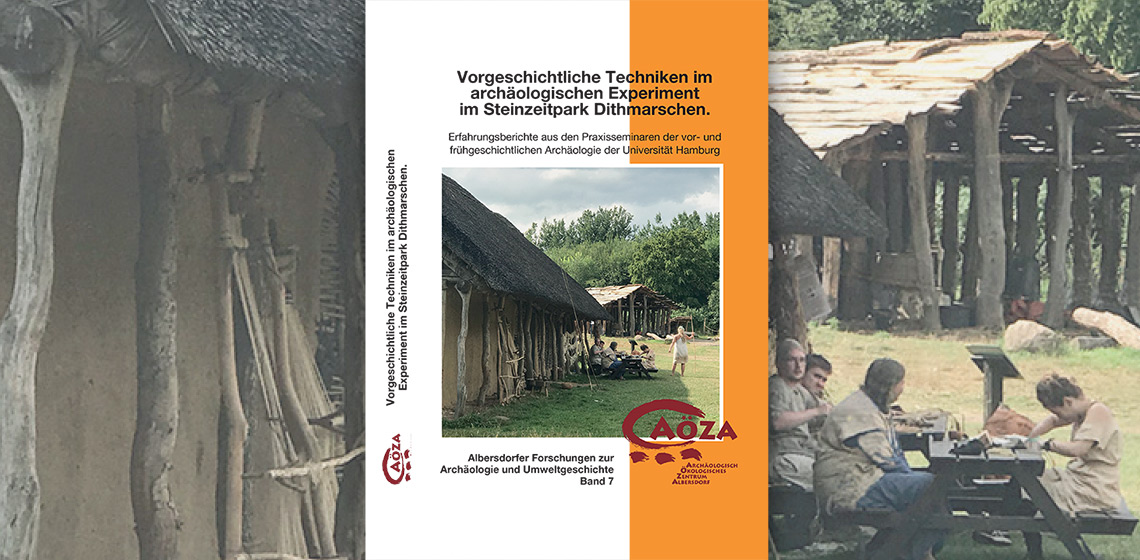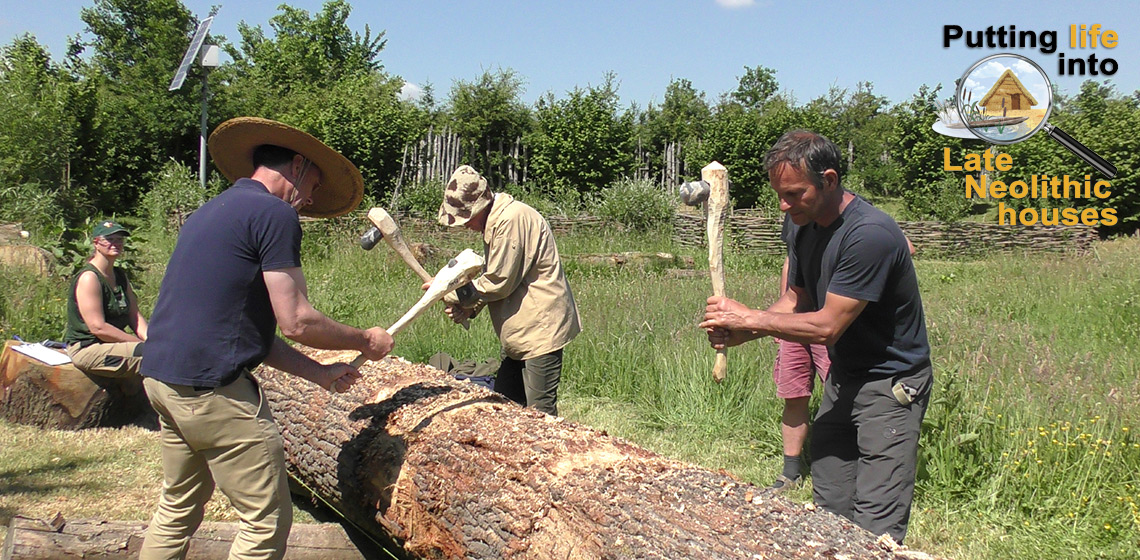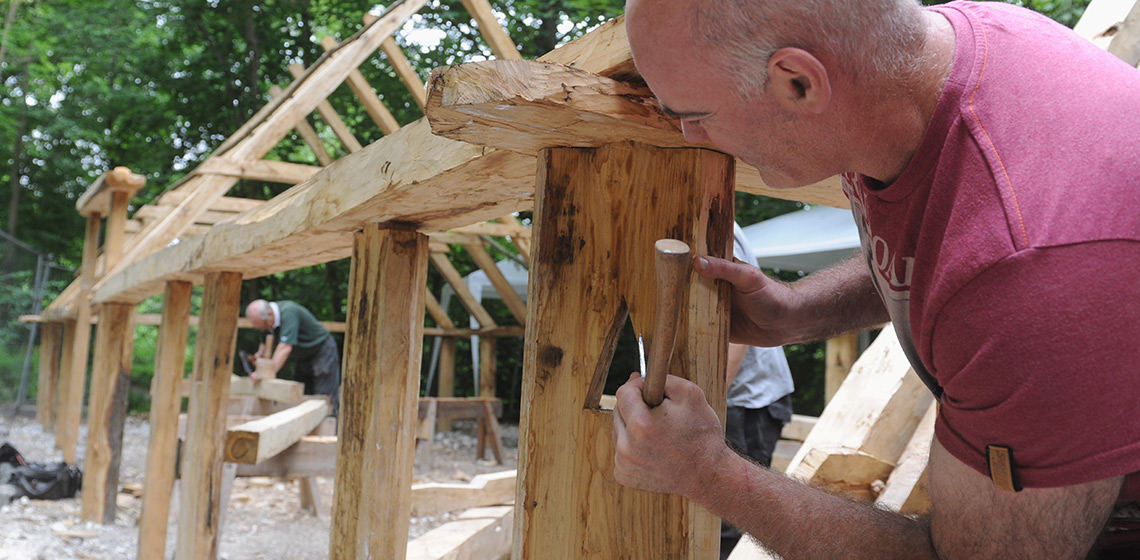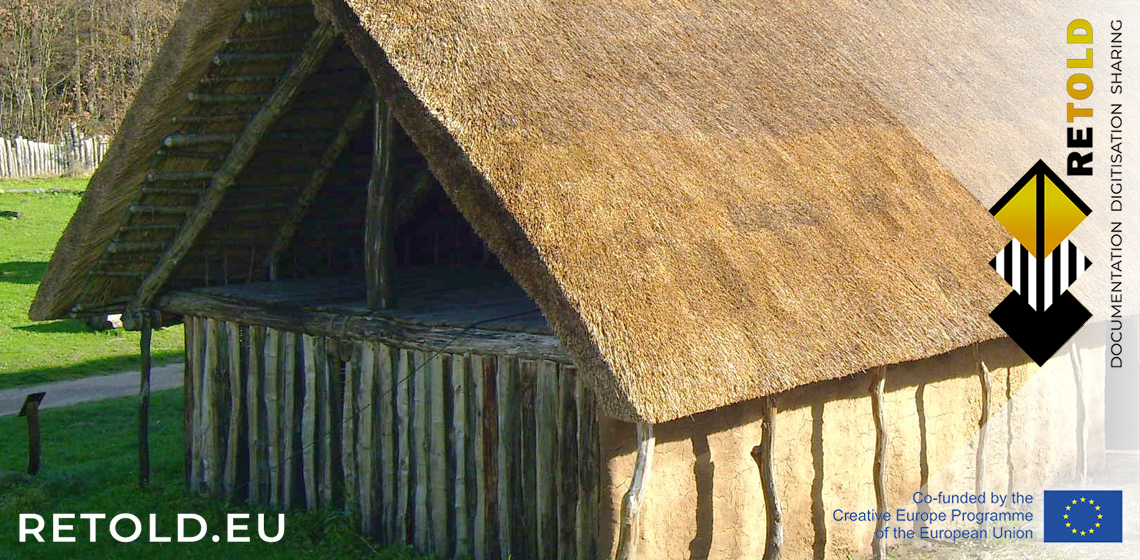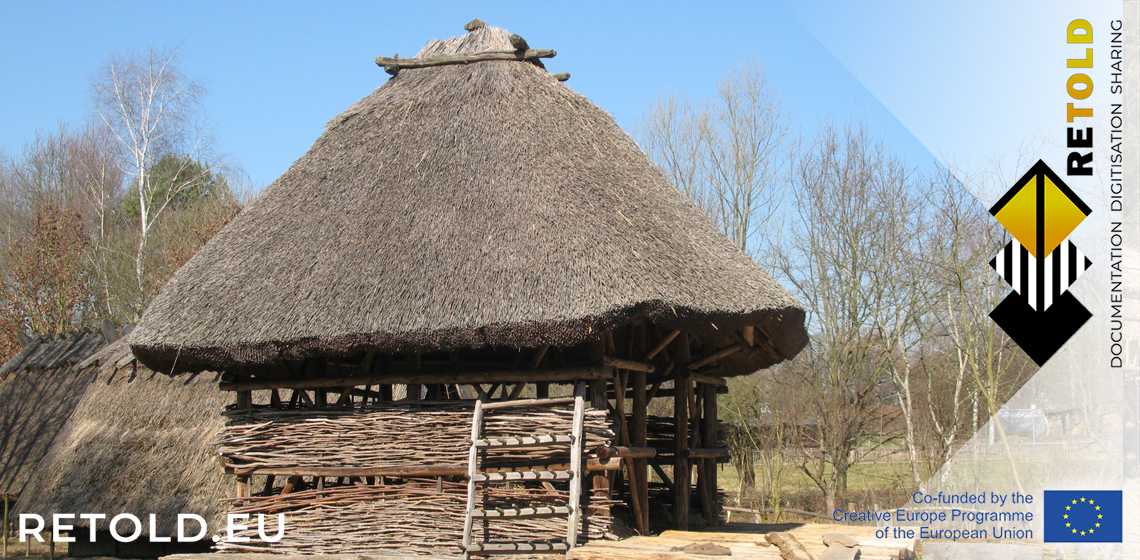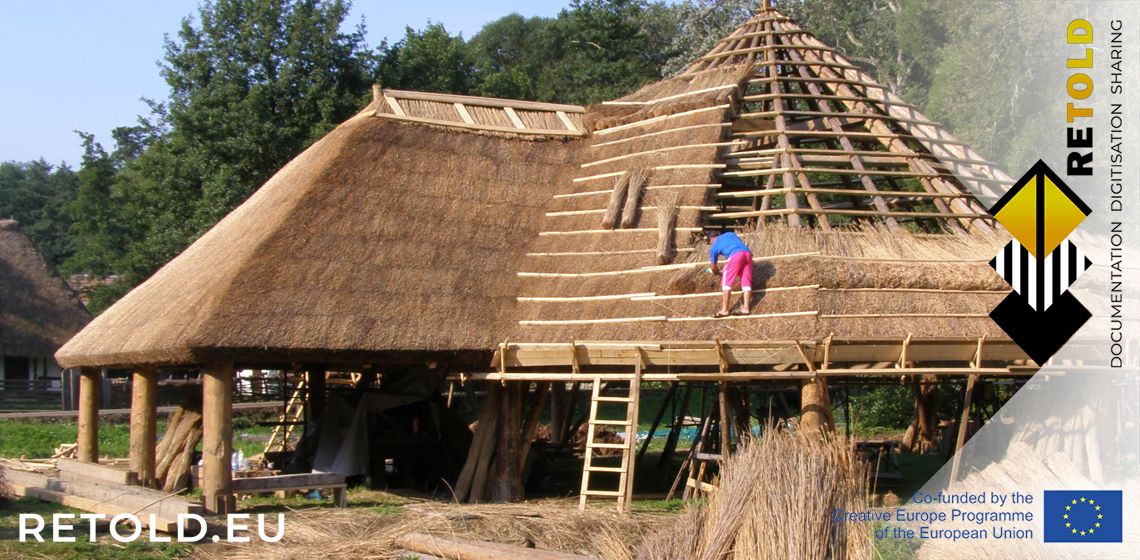archaeological open-air museum
A Hall fit for a King; a Meeting fit for All
Publication Date
Denmark has a long tradition in educational activities in reconstructed environments. Lejre, Sjælland is one of the oldest examples, but by now the country has over 25 smaller and larger education centres where school children learn about the archaeological past. A number of these sites are also open to the public. You will be able to find most of them via https://exarc.net/venues.
Exploring the Potential of Shared Authority Projects in Open-Air Museums
Publication Date
#EAC12 World Tour 2021
***As our societies become more diverse and the demographics of heritage visitors change, many open-air museums are concerned about how to remain relevant. Making a shift to an activist approach is one way museums can evolve to better serve their visitors and community. Many traditional museums have adopted this approach, but relatively few open-air museums have done so...
***As our societies become more diverse and the demographics of heritage visitors change, many open-air museums are concerned about how to remain relevant. Making a shift to an activist approach is one way museums can evolve to better serve their visitors and community. Many traditional museums have adopted this approach, but relatively few open-air museums have done so...
Breathing Life Sustainably - An Abandoned Settlement to an Open-Air Museum Twah Longwar
Publication Date
Twah Longwar is an abandoned settlement located in the State of Meghalaya in North-East India. It is located enroute to one of the world's rainiest places on earth – Mawsynram. Twah Longwar is an abandoned settlement with remnants of over twenty old houses, an ancient market, and a burial site. In a place where rainfall is a concern but also a major tourist attraction, and where lost architectural styles are only...
The Stone Age becomes Sustainable - Experiences from being an Educational Partner for Sustainable Development for more than 15 years
Publication Date
Since the year 2006 the Archaeological-Ecological Centre Albersdorf (AÖZA), Germany, has worked as an officially recognised partner for sustainable development on an institutional base for the Sustainable Development Goals of the UNO on a regional level. In this article the thematic background of the educational work in archaeology and ethnography will be ...
Book Review: Vorgeschichtliche Techniken im Archäologischen Experiment im Steinzeitpark Dithmarschen by Rüdiger Kelm and Birte Meller (ed.)
Publication Date
The Archaeological Institute of Hamburg University has been offering courses to students in the field of “Experimental Archaeology and Museum Pedagogy”, for over 15 years. These courses take place annually at the Archaeological/Oekological Center Albersdorf (AÖZA)...
Putting life into Late Neolithic houses
Publication Date
Investigating Domestic Craft and Subsistence Activities through Experiments and Material Analysis
Leiden University currently coordinates the project “Putting Life in Neolithic Houses”. This will take until 2025 and is funded by the Dutch Research Council NWO. Besides EXARC, there are other nine partners in this project.
The Weald & Downland Living Museum’s Saxon Hall
Publication Date
In the early days of the Weald & Downland Open Air Museum, from September 1970, there was a Saxon building on the site, which was one of only two archaeological reconstructions at the museum. This original sunken-floor Saxon building is no longer standing but, after several years in the planning, a new project saw the construction in 2015 of another Saxon building, the Saxon Hall from Steyning...
RETOLD: Initial Survey to Capture Current State of Digital Tech in Open-Air Museums
Publication Date
The motivation and purpose of the RETOLD project is to capture and preserve the wealth of data from evidence informing building reconstructions and craft processes of open-air museums. Additionally, the project seeks to develop and use alternative formats of oral histories as a way of share intangible cultural heritage with a wide audience. From an artistic point of view, immersive media are to...
RETOLD: Documenting House (Re)constructions – An Excerpt of European Approaches
Publication Date
As part of the EU project RETOLD, the Stadtmuseum Berlin in Germany is responsible for creating standardised documentation strategies for archaeological house models and evaluating them by engaging with the open-air museums of Astra in Romania and the Steinzeitpark Dithmarschen in Germany. In order to start creating these workflows, as a first step, other open-air museum were approached ...
RETOLD: A European Project Digitises Memories of Experimental Archaeology for Their Preservation
Publication Date
The origins of the European RETOLD project, led by the international association EXARC, lie in a concern to preserve the heritage generated by archaeological open-air museums through the creation of a standardised system for collecting, digitising and disseminating knowledge (memories) of the processes of building reconstruction and handcrafted objects. The project has a duration of four years ...

